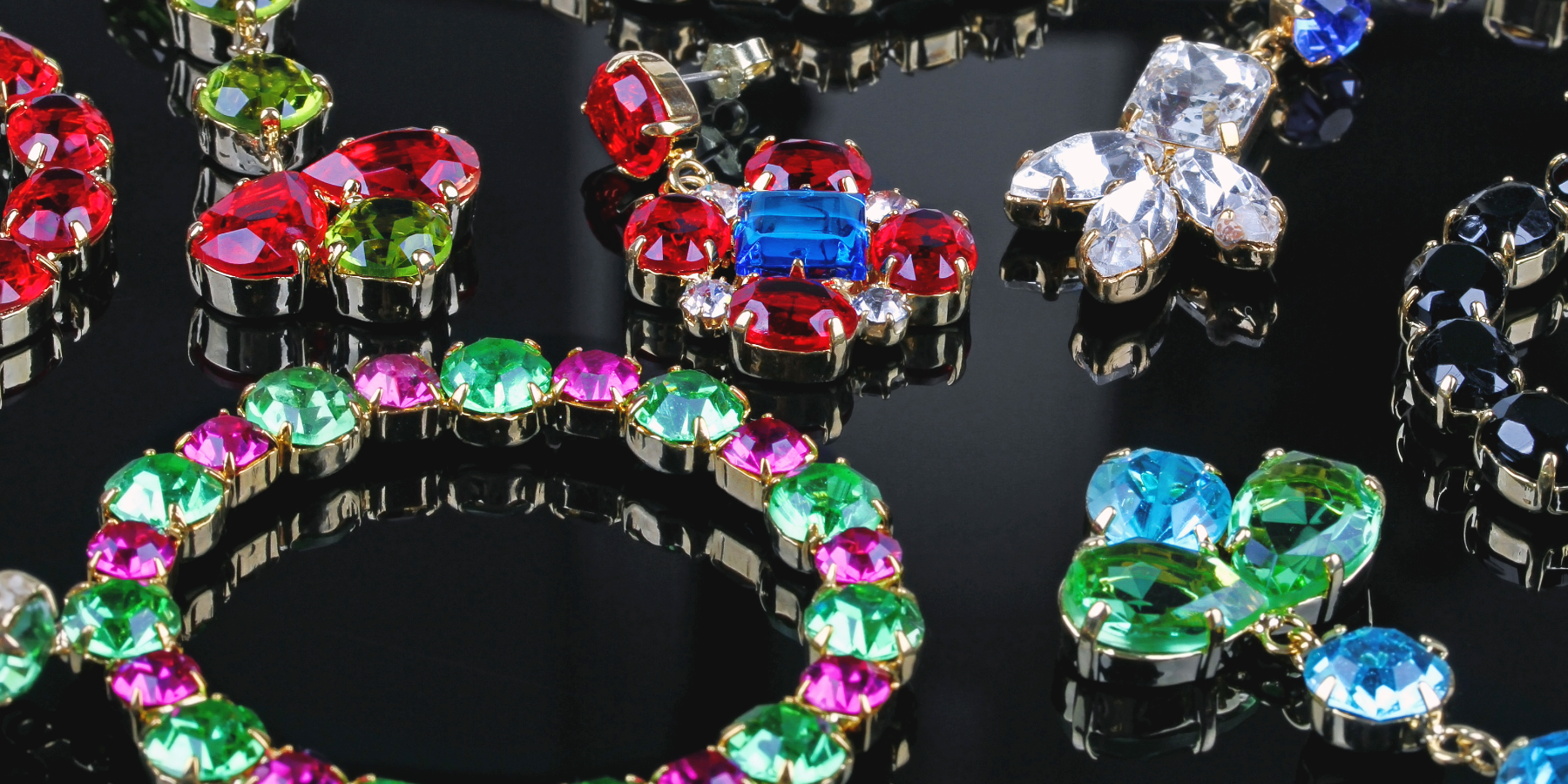Clarity Grades of Gemstones
Despite Diamonds being a type of gemstone, their evaluation criteria differ significantly. Let's explore why gemstones don't have standardized clarity grades and how their quality is assessed.
The Unique Evaluation of Gemstones
Unlike Diamonds, Gemstones don't adhere to a standardized scale for assessing color, clarity, or other qualities. Nevertheless, factors like color, cut, clarity, and carat weight are crucial in determining a gemstone's value.
These attributes are meticulously evaluated by collectors and dealers, though not quantified in laboratory reports as with diamonds.
Size and Value: A Gemstone's Perspective
In the realm of gemstones, size plays a pivotal role in determining value. Larger gemstones are rarer and, therefore, more coveted. For instance, a 1-carat high-quality ruby is valuable, but a 20-carat ruby of similar quality can captivate collectors globally.
The significance of size is evident, but it's not the sole factor; two gemstones of similar quality can have different values based on their size.

How is gemstone clarity classified and graded?
For colored gemstones, the primary assessment criterion is color, with inclusions playing a secondary role. Clarity is categorized broadly into:
- "Lightly included" for those with imperceptible inclusions,
- "Moderately included" for visible inclusions that don't compromise durability
- "Heavily included" for stones whose aesthetic appeal or durability is adversely affected by numerous inclusions.
Informal terms like "eye clean" and "loupe clean" are also used to describe clarity levels. Typically, gemstone certifications highlight only transparency, making clarity grading challenging, especially since treatments, like crack filling in emeralds, can alter appearance.
The Subtleties of Gemstone Clarity
Clarity is vital for gemstones, though not categorized as VS or SI like diamonds. Collectors assess inclusions based on size, quantity, and visual impact.
While perfectly clear stones are preferred, it's often impractical, especially for stones like Emeralds. Buyers consider the location and character of inclusions, weighing other factors like color and size, to gauge a gemstone's worth. In fact, gemstones like emeralds are so desired because their raw and earthy look.
The Art of Gemstone Cutting
Cutting quality is paramount in gemstones, relating to the stone's proportions, symmetry, and finish.
Cutters sculpt gemstones from rough material, deciding the most efficient cut based on the rough's shape. The desirability and value of a gemstone hinge on its cutting quality; a well-proportioned and symmetrical cut enhances a gemstone's allure.
Color: The Pinnacle of Gemstone Beauty
Color reigns supreme in the gemstone world. A gemstone's color can eclipse all other factors, with a richly-saturated hue being the most desirable trait.
While other qualities are significant, a gemstone's color is often the first and most striking feature noticed by enthusiasts.








